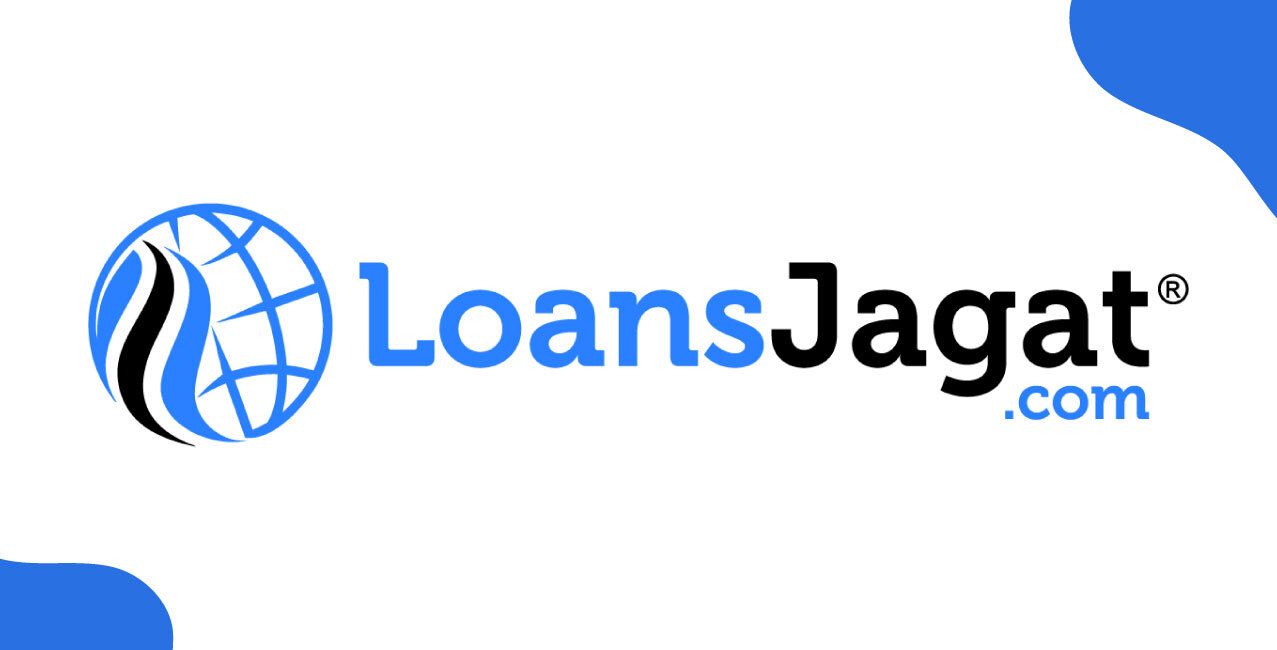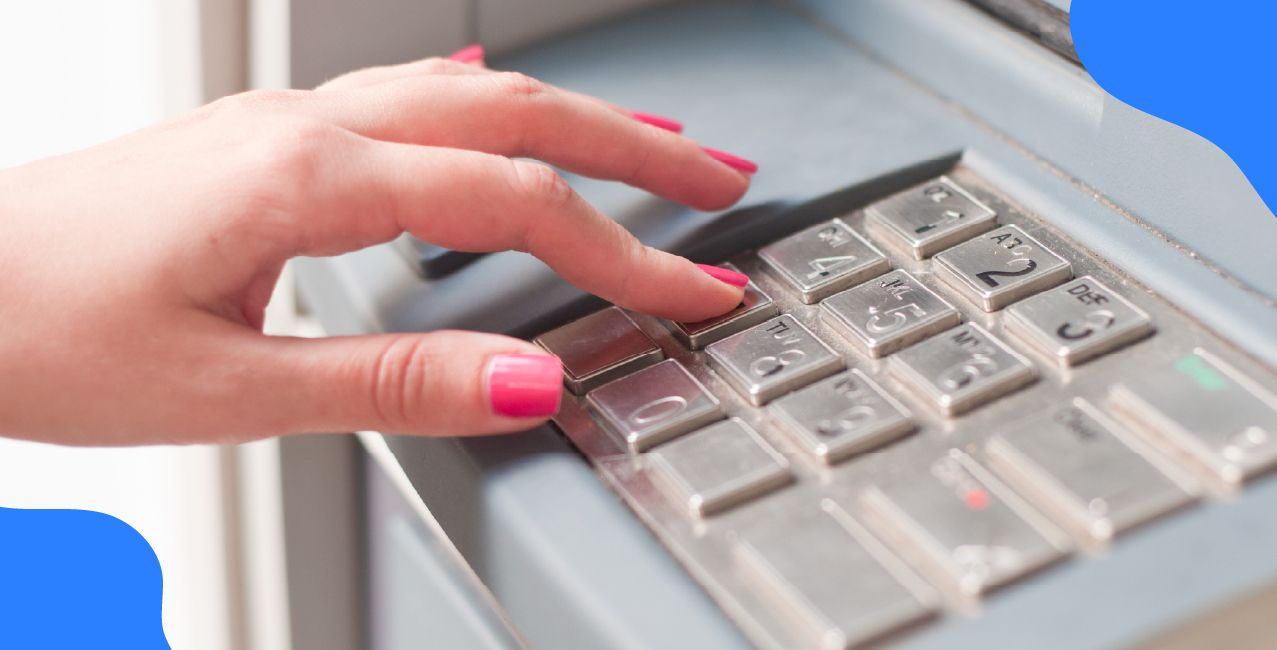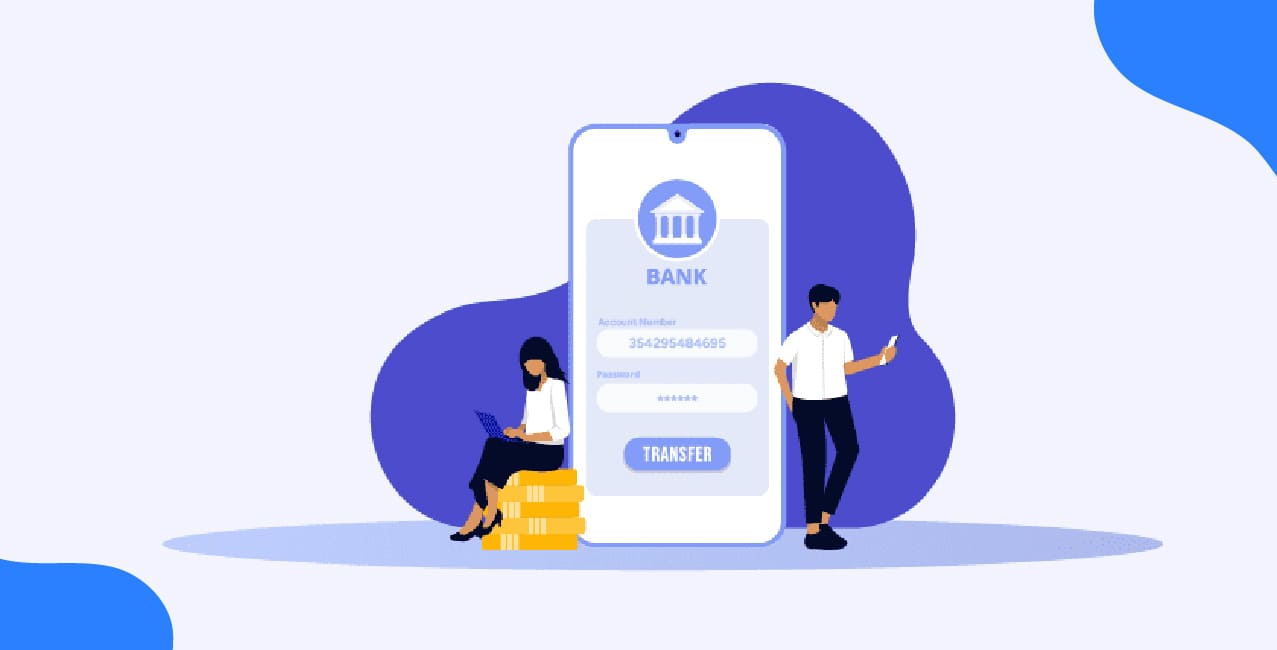
Author
LoansJagat Team
Read Time
10 Min
08 May 2025
Salaried vs. Self-Employed: Who Gets a Personal Loan Faster in 2025?
Madhu, a freelance mehendi artist, took a ₹10,00,000 personal loan in 2025 to open a new salon. On the same day, her colleague Riya, a salaried IT professional with a monthly salary of ₹60,000, applied for a ₹3,00,000 loan to fulfil her dream of travelling to Europe.
6 hours Later: Riya’s phone lit up with an SMS: “Loan approved!”
10 days Later: Madhu was still running around, submitting documents, explaining her fluctuating income, and waiting for approvals.
Frustrated, she sighed, "Bhai, paisa kamaane ke baad bhi paisa lene ke liye itni papad belne padte hai?"
By 2025, salaried individuals might still have the upper hand when it comes to availing personal loans, but independent professionals are gradually narrowing the gap.
Let’s dive into the world of money moves and find out which option makes sense for your wallet.
Salary Slip vs. Sales Slip – Who Wins?
Banks and NBFCs take a differential approach in assessing the salaried and self-employed while granting loans.
- Salaried professionals can readily submit their proof of income in the form of salary slips, which is a direct approach.
- Self-employed applicants, however, have to submit bank statements, ITRs, and business-related documents to establish financial stability.
For example-
- Amit is a salaried employee who makes ₹70,000 per month and applies for a personal loan of ₹10,00,000. Using his salary vouchers and Form 16, he gets the loan sanctioned in 24 hours.
- Raj, being a self-employed digital marketer earning an average monthly income of ₹1,00,000, also applies for the same loan of ₹10,00,000. For his loan approval, he provides ITRs, bank statements, and registration of the business, but his authorisation eludes him for 7 days due to additional checks.
Why Do Banks Swipe Right on Salaried Individuals?
Just as dating sites prefer verified profiles, banks prefer to lend to loan applicants with stable incomes. A regular pay cheque makes salaried workers a less risky bet, giving them an advantage in the loan approval process.
A Numerical Breakdown Between Salaried and Self-Employed
Criteria | Salaried Individual (Amit) | Self-Employed Individual (Raj) |
Monthly Income | ₹70,000 | ₹1,00,000 |
Loan Amount | ₹10,00,000 | ₹10,00,000 |
Interest Rate | 10.5% p.a. | 14% p.a. |
Approval Time | 24 hours | 7 days |
Documents Needed | Salary slips, Form 16, bank statement | ITRs, bank statements, and business registration |
Self-Employed? Prepare for a Harsher Swipe!
Being your boss has its advantages, but when applying for loans, banks are less likely to lend. Self-employed borrowers have to face tighter scrutiny because:
Income fluctuates
- Unlike salaried workers, income may change from one month to another, and repayment regularity becomes an issue. Lenders want steady cash flow to guarantee on-time EMI payments.
Read More - Why Do Banks Prefer Salaried Employees for Personal Loans Over Self-Employed - Example: Amit, a salaried employee earning ₹70,000 per month, applied for a loan of ₹10,00,000 and received it within 24 hours, as his income was stable. Raj, who is self-employed and a digital marketer with a monthly average income of ₹1,00,000, received delayed disbursals because his income was variable.
Higher perceived risk
- Banks consider self-employed individuals to have a higher credit risk because they do not receive consistent paycheques. Uncertain income patterns lead lenders to charge more interest and impose stricter conditions.
- Example: Amit secured his loan through a bank that offered him a 10.5% interest rate, in contrast to Raj, who settled for a 14% rate due to the bank's concerns about his unpredictable income.
Longer verification processes
- A lot of loan applications require ITRs, proof of registration, and certificates of incorporation, which can cause delays.
On the other hand, self-employed borrowers are generally required to provide different types of financial documents to demonstrate their financial stability, as opposed to the more straightforward documentation process that salaried borrowers may undergo.
- Example: Amit's loan was approved based solely on salary slips and bank statements, and the process took only 24 hours. Raj needed to submit ITRs, registration of business, and elaborate bank statements, and it got delayed by 7 days before approval.
Bure Din for Credit Scores? Here is How It Impacts Approval
A good credit score, that is, more than 750, is the golden key to faster loan approval. Lenders place the most trust in applicants with credit scores above 750, and they are typically offered the best borrowing rates, along with faster and easier approvals.
Salaried individuals tend to have stable credit scores due to:
- Employers guarantee a fixed salary, so loans and credit cards can be paid on time and without concern, unlike the self-employed.
- A steady pay cheque means repayment obligations can be met according to any reasonable source of income.
On the other hand, self-employed applicants have experienced credit score fluctuations for a variety of reasons, such as
- Irregular income can lead to delayed payment of EMI, as it does not provide a steady cash flow.
- Higher credit utilisation caused by regular business expenditures can cause repeated borrowing, which will affect your credit score.
Credit Score Impact Based on a Loan Approval Comparison
Criteria | Salaried Individual (Amit) | Self-Employed Individual (Raj) |
Credit Score | 780 | 720 |
Loan Amount | ₹10,00,000 | ₹10,00,000 |
Interest Rate | 10.5% p.a. | 14% p.a. |
Approval Time | 24 hours | 7 days |
Approval Chances | High | Moderate |
Income Stability: The Game Changer
Financiers prefer candidates with stable incomes. Employees of well-known companies often receive quick approvals for loans, whereas self-employed individuals must demonstrate consistency through their income tax returns (ITR), bank statements, and audited accounts.
For example, Riya, a salaried employee at an MNC, received a ₹10,00,000 loan in 48 hours at an interest rate of 10%. However, Kunal, who was self-employed as an architect, went through 10 days of verification and was charged 13.5% interest because his income was irregular.
Stability of income is not just about a paycheque; it is about getting quicker and less expensive loans.
Documents: Jyada Dikhava, Jyada Approval?
When it's about personal loans, the higher the evidence, the easier the approval process. But in the case of self-employed ones, jyada dikhava, jyada approval holds!
Document Requirements
Criteria | Salaried Individuals | Self-Employed Individuals |
Basic Proof | Salary Slips (Last 3 months) | Income Tax Returns (ITRs of last 2 to 3 years) |
Bank Statements | Last 6 Months | Last 12 Months |
Tax Proof | Form 16 | GST Returns (if applicable) |
Business Proof | Not Required | Business Registration Certificate |
Financial Statements | Not Required | Profit & Loss Statement, Balance Sheet |
Self-employed loan applicants need to provide more fiscal evidence to reassure lenders about their repayment ability.
While salaried individuals take advantage of constant pay cheques, self-employed individuals require ITRs, GST returns, and business accounts to establish stability.
Loan Amount & Interest Rates: Who Pays More?
Interest rates are risk-based. Salaried employees typically receive lower interest rates (10% to 14%) because of consistent incomes, while self-employed borrowers can receive higher interest rates (12% to 20%) because of fluctuating incomes.
How Do Interest Rates Affect Loan Prices?
Criteria | Neha (Salaried, Marketing Manager) | Arjun (Self-Employed, Cafe Owner) |
Loan Amount | ₹10,00,000 | ₹10,00,000 |
Interest Rate | 10.5% | 14.8% |
Tenure | 5 years | 5 years |
EMI (Approx.) | ₹21,493 | ₹23,752 |
Total Interest Paid | ₹2,89,000 | ₹4,25,000 |
Total Repayment | ₹12,89,000 | ₹14,25,000 |
Even a slight difference in interest rates can have a significant impact on loan costs.
Debt Consolidation: Ek Teer Se Do Nishane!
If you’re juggling multiple loans, a personal loan can help consolidate debts into one manageable EMI. This simplifies repayment and can even reduce the overall interest burden.
How Debt Consolidation Works: A Real Example
Raj, a self-employed consultant, is struggling with multiple loans:
Existing Loans | Amount | Interest Rate | EMI |
Credit Card Debt | ₹2,00,000 | 36% | ₹10,000 |
Personal Loan 1 | ₹3,00,000 | 18% | ₹9,000 |
Business Loan | ₹5,00,000 | 16% | ₹12,000 |
Total Debt & EMI | ₹10,00,000 | Varied (16% to 36%) | ₹30,000 |
It was stressful to juggle several EMIs of varying due dates, and high-interest credit card debt was piling up.
Post Debt Consolidation
Raj borrows a ₹10,00,000 personal loan at a 14% interest rate to repay all his outstanding loans. His financial position improves:
New Loan (Consolidated) | Amount | Interest Rate | EMI (Per Month) |
Personal Loan (New) | ₹10,00,000 | 14% | ₹23,000 |
Advantages of Debt Consolidation:
- Lower EMI: Decreased from ₹30,000 to ₹23,000
- Reduced Overall Interest: Maximum rate decreased from 36% to 14%
- Simplified Repayment: Single lender, single EMI, improved control over finances
For salaried employees, debt consolidation becomes even easier with reduced interest rates (as low as 10.5%) and quicker approvals, typically within 24 to 48 hours.
Tips to Speed Up Your Personal Loan Approval
Keep a High Credit Score
- A credit score of 750+ enhances the chances of approval and supports a lower interest rate.
- Example: Amit, with a credit score of 780, receives a ₹10,00,000 loan at 10.5% interest, while Raj, with 720, receives the same loan at 14% interest.
Have Documents Ready
- Keeping salary slips, ITRs, bank statements, and ID proofs handy speeds up the loan process.
Also Read - Debt Consolidation for Self-Employed Professionals – Smart Tips for 2025
- Example: Priya uploads all documents online and receives loan sanction in 6 hours, whereas Ramesh, lacking an ITR, waits for 7 days for authentication.
Choose Pre-Approved Loan Offers
- Banks and NBFCs provide instant loans to existing customers with less documentation and quicker disbursal.
- Example: Sunil, under a pre-approved offer, receives ₹10,00,000 credited in 4 hours, whereas Neha, applying anew, waits for 5 days.
Demonstrate a Good Repayment Record
- On-time payments on previous loans and credit cards establish financial reliability and facilitate easy approval.
- Example: Rohit, with a 100% timely payment history, has his loan approved within 24 hours, while Anil, with three delayed EMIs, is rejected.
Following these tips, you can reduce loan processing time from days to hours!
Conclusion
As we move into 2025, salaried customers still enjoy the benefit of approval for personal loans because of their stable income, fixed repayment capacity, and lesser documentation needs. Banks view them as lower risk, leading to quicker approvals (6 to 24 hours) and lower interest rates. In contrast, self-employed customers undergo stricter checks, greater documentation needs, and longer processing times (up to 10 days) because of varying incomes.
Yet, the gap is closing as fintech lenders bring in new credit assessment models based on cash flow analysis and digital transactions. These innovations are opening up personal loans for self-employed individuals, cutting down approval times, and reducing the reliance on conventional financial records.
Even with this advancement, higher interest rates and longer verification processes continue to be imposed on self-employed borrowers.
To enhance their chances of approval, salaried and self-employed applicants alike need to have a good credit score (750+), offer genuine financial documents, and choose the correct lender. Self-employed borrowers can increase their chances further by ensuring regular deposits of income, filing periodical ITRs, and lowering existing liabilities.
Finally, whether you use a salary slip or a sales slip, availing a personal loan quickly in 2025 will be subject to financial discipline, good creditworthiness, and the use of digital lending platforms.
Even salaried individuals might find it easier, but self-employed borrowers who strategise well in advance and remain financially stable can fill the gap and avail loans quicker than ever before.
FAQs
- Can self-employed people obtain a personal loan sooner in 2025?
Yes, provided that they have a high credit score, constant income, and use digital lenders for faster approvals.
- Do working people always enjoy lower interest rates?
Not necessarily. Interest rates are subject to credit score, employer category, and outstanding liabilities.
- What impact does a poor credit score have on getting a personal loan?
A low credit score can result in rejection or increased interest rates. Banks like candidates with 750+ credit scores.
- What documents are essential for self-employed candidates?
ITRs, bank statements, business registration, and profit & loss statements are required.
- Are fintech platforms more suitable for self-employed loan applicants?
Yes, fintech lenders apply alternate credit scoring and provide quicker approvals with less paperwork.
Other Loan Pages | ||
About the Author

LoansJagat Team
‘Simplify Finance for Everyone.’ This is the common goal of our team, as we try to explain any topic with relatable examples. From personal to business finance, managing EMIs to becoming debt-free, we do extensive research on each and every parameter, so you don’t have to. Scroll up and have a look at what 15+ years of experience in the BFSI sector looks like.

Quick Apply Loan
Subscribe Now
Related Blog Post


